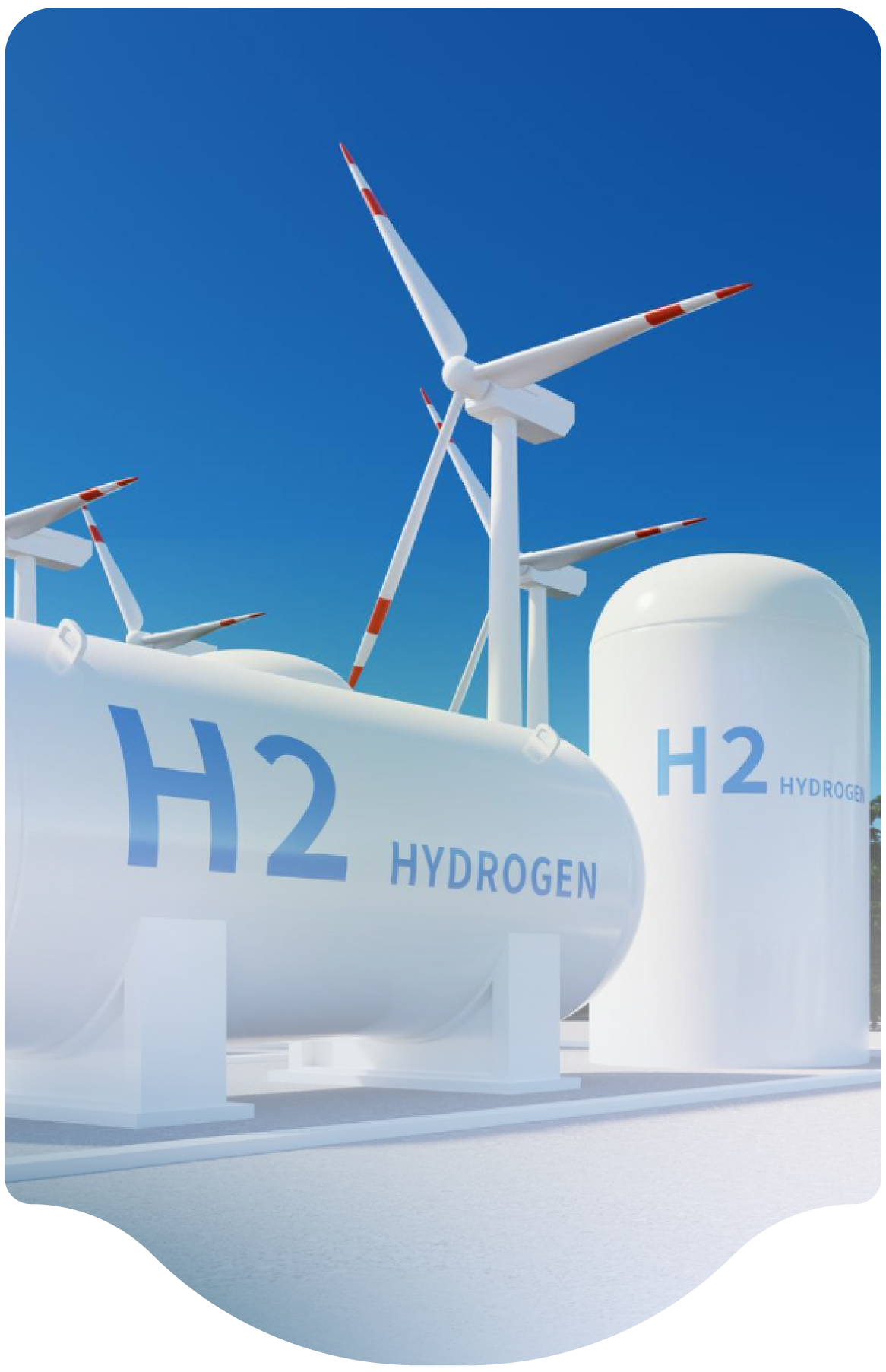A 2000-psia-rated gas cylinder (nominal size 10"x1 1/2") was being filled with hydrogen to a target pressure of 1500 psia. The cylinder suffered a failure at an indicated pressure of 1500 psia during filling. Investigation of the failure subsequently revealed that a faulty digital readout had allowed the cylinder to be over-pressurized. There were no safety consequences due to the failure and no damage to the facility or equipment. The cylinder was being filled in a test vault that was specially designed for the high-pressure burst testing of pressure vessels and components. While no over-pressure cylinders were released from the laboratory for use, this incident is being reported to address the potential and subsequent lessons learned.
Investigations revealed that the pressure transducer was faulty and the actual pressure could have been more than five times the indicated pressure. Although the high-pressure manifold has rupture-disk protection, the rupture disk was not adequately sized to provide protection for this type of cylinder. Thus, the failed digital pressure instrument was the single barrier to over pressurizing a cylinder.
This occurrence underscores the importance of completing a hazard analysis for each different process. Non-safety-related systems or equipment may be used for purposes other than their primary purpose so long as potential hazards are identified and engineering and administrative controls are applied to eliminate or minimize them. The filling of lecture bottles seemed to fall within the safety envelope previously established for high-pressure testing; however, the rupture of a cylinder revealed an unanticipated potential to release an overfilled gas cylinder to laboratory personnel.

